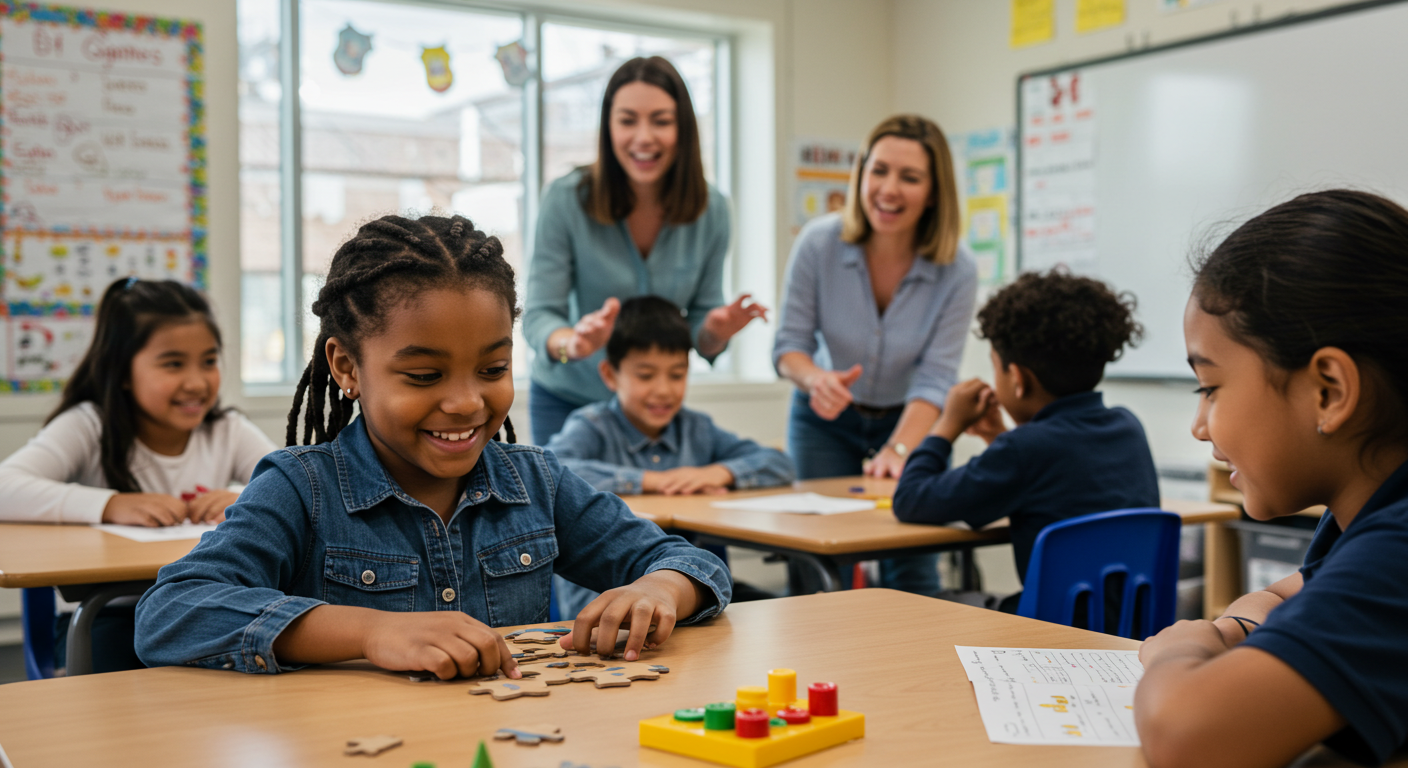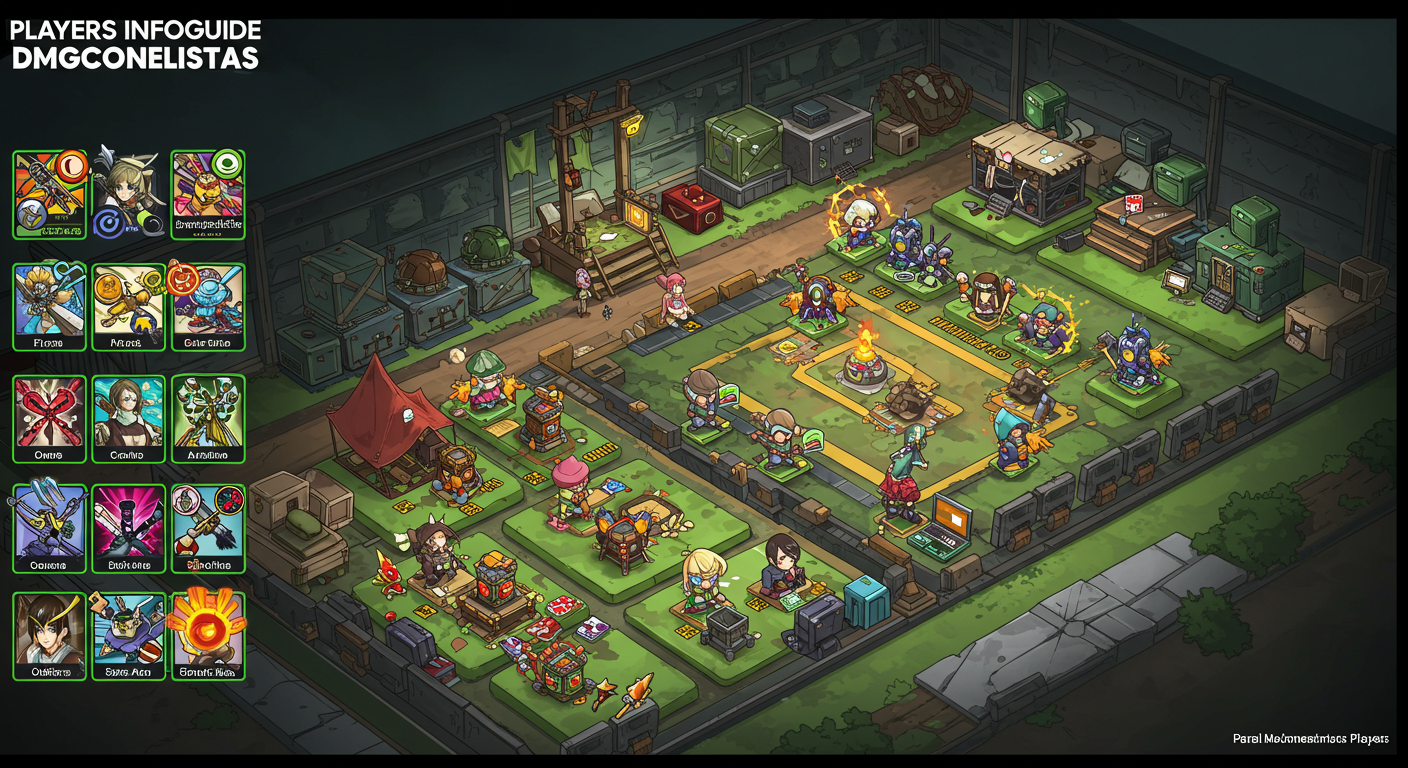Classrooms are evolving spaces that thrive on interaction and engagement. As educators, we know the struggle of keeping students interested while delivering essential lessons. Enter classroom 15x games—a refreshing way to transform traditional learning into an exciting adventure. Imagine a classroom buzzing with energy, where laughter echoes alongside learning.
These games aren’t just for fun; they serve as powerful educational tools that promote collaboration, critical thinking, and creativity among students. Whether you teach kindergarten or high school seniors, incorporating games can spark enthusiasm in your lessons like nothing else can. Ready to explore how these dynamic activities can elevate your teaching? Let’s dive into the world of classroom 15x games!
What is classroom 15x games?
Classroom 15x games are interactive activities designed to engage students while reinforcing core concepts. The “15x” indicates the potential variety of game formats that can be adapted for different subjects and age groups.
These games often focus on quick-paced learning and collaboration among students. They promote critical thinking, creativity, and communication skills in a fun environment.
Whether it’s through quizzes, role-playing scenarios, or team challenges, these games inject energy into lessons. Teachers can customize them according to their curriculum needs.
The versatility of classroom 15x games makes them suitable for various educational settings. From math problems turned into competitive races to vocabulary challenges using flashcards, the possibilities are endless.
By integrating playful elements into education, teachers create an atmosphere where learning feels less like a chore and more like an adventure.
Benefits of Using Games in the Classroom
Games in the classroom can transform the learning experience. They make lessons more dynamic and interactive, keeping students engaged.
One major benefit is improved motivation. When learning feels like play, students are more likely to participate actively. This enthusiasm can lead to better retention of information.
Additionally, games foster teamwork and collaboration. Students learn how to work together towards a common goal, developing essential social skills.
They also promote critical thinking and problem-solving abilities. Many games require strategic planning, encouraging learners to think outside the box.
Moreover, incorporating games into lessons caters to various learning styles. Whether visual or kinesthetic learners, there’s something for everyone.
Using fun activities can reduce anxiety around subjects that students often find challenging. A relaxed atmosphere encourages exploration without fear of failure.
How to Incorporate Games into Lesson Plans
Incorporating games into lesson plans can transform the classroom experience. Start by identifying key learning objectives that align with your curriculum.
Once you have those goals, select a game that complements the material. For instance, use trivia-based games to reinforce facts or vocabulary.
Consider varying formats—board games, digital platforms, or even outdoor activities—to keep students engaged and excited. Adapt traditional games by infusing educational content relevant to your subjects.
Engage students in the planning process too. Encourage them to suggest ideas for gameplay and rules. This inclusion fosters ownership and enthusiasm towards learning.
Always debrief after each game session. Discuss what strategies worked well and how they relate back to the lesson’s objectives. This reflection solidifies knowledge while enhancing critical thinking skills among students.
Be flexible; adapt as needed based on student feedback or engagement levels during gameplay for optimal results.
15 Fun and Engaging Classroom Games to Try
1. **Jeopardy**: Transform your classroom into a game show with categories relevant to your subject. Students can compete in teams, making learning fun and interactive.
2. **Kahoot!**: This online quiz platform allows teachers to create engaging quizzes that students answer via their devices. It’s fast-paced and encourages friendly competition.
3. **Charades**: Use vocabulary words or key concepts from recent lessons for this classic game. It fosters teamwork and helps students express ideas creatively.
4. **Pictionary**: Similar to charades but with drawing! Students illustrate terms or phrases while teammates guess, reinforcing knowledge in a light-hearted way.
5. **Scavenger Hunt**: Create clues based on lesson material hidden around the classroom or school grounds, encouraging movement and collaboration among students as they search for answers.
6. **Role Play**: Have students act out historical events or scientific processes, enhancing understanding through experiential learning that sticks better than lectures alone.
7. **Board Games:** Adapt traditional games like Monopoly or Scrabble with educational themes to reinforce math skills or language arts elements in an enjoyable format.
8. **Quizlet Live:** In this team-based activity, students work together using digital flashcards to answer questions faster than rival groups—perfect for building camaraderie!
9. **Two Truths and a Lie:** A great icebreaker where each student shares two true statements about themselves along with one falsehood pertaining to class topics, promoting discussion and engagement.
10 . *Bingo:* Customize bingo cards filled with vocabulary words or important facts related to the curriculum; it’s simple yet effective at reinforcing knowledge through repetition while keeping it exciting.
11 . *Murder Mystery:* Craft scenarios requiring critical thinking as groups solve “murders” based on literature characters or historical figures—it creates excitement around research!
12 . *Flashcard Race:* Divide the class into teams racing against time; whoever answers correctly first wins points—a thrilling approach that
Strategies for Successful Implementation
Effective implementation of classroom 15x games starts with clear objectives. Identify what you want to achieve through the game. This clarity helps in selecting the right activities that align with your lesson goals.
Preparation is key. Ensure all materials are ready before class begins. Familiarize yourself with the rules so you can explain them simply and confidently.
Create a supportive environment where students feel comfortable participating. Encourage teamwork and collaboration, which can enhance engagement.
Be flexible and willing to adapt the game based on student responses or challenges that arise during play. Sometimes, spontaneity fosters creativity and deeper learning experiences.
After each session, spend time discussing what worked well and what didn’t. Feedback from students will guide future implementations, making your approach more effective over time.
Student Feedback and Impact on Learning
Student feedback plays a crucial role in shaping the effectiveness of classroom games. When students express their thoughts on how these games enhance their learning, it provides valuable insights for educators.
Observing engagement levels can also reveal much about their impact. Students often demonstrate higher participation and interest during game-based activities compared to traditional lessons.
Moreover, feedback allows teachers to adapt and refine game mechanics. This ensures that the activities remain relevant and challenging, catering to diverse learning styles within the classroom.
Students frequently report feeling more comfortable taking risks when participating in games. This fosters a sense of community where they are encouraged to collaborate without fear of making mistakes.
Integrating student input not only strengthens relationships but also enhances educational outcomes. It creates an environment where learners feel heard and valued while improving overall academic performance through fun interactions.
Why Every Teacher should Try Classroom Games
Classroom games can transform the learning experience. They create an engaging environment where students feel comfortable participating.
Teachers often seek interactive methods to enhance understanding. Games encourage collaboration, sparking conversations and teamwork among peers. This interaction fosters social skills that are essential for their development.
Moreover, classroom 15x games cater to various learning styles. Whether visual, auditory, or kinesthetic, every student finds a way to connect with the material. This inclusivity helps maintain interest and boosts retention rates.
Additionally, incorporating fun elements into lessons reduces stress associated with traditional assessments. Students are more likely to embrace challenges when they’re enjoying themselves.
Seeing students thrive in a playful atmosphere is rewarding for any educator. The laughter and excitement not only lighten the mood but also build strong teacher-student relationships that last beyond the classroom walls.
Conclusion
Classroom games are not merely a fun distraction; they serve as powerful educational tools that can transform the learning experience. By incorporating classroom 15x games into your teaching practices, you create an interactive environment that fosters collaboration and critical thinking. Students become more engaged when lessons feel less like traditional lectures and more like enjoyable activities.
The benefits of these games extend beyond immediate engagement. They promote retention of information, encourage teamwork, and help develop important social skills. Teachers who embrace this approach find their classrooms buzzing with energy and enthusiasm for learning.
As you explore different ways to integrate these games into your lesson plans, consider how each game aligns with your curriculum goals. The right implementation strategies will further enhance the effectiveness of these activities in reinforcing key concepts.
Remember to gather feedback from students about their experiences with classroom 15x games; understanding what resonates with them can guide future choices. Every teacher stands to gain by stepping outside conventional methods and embracing innovative approaches in education.



